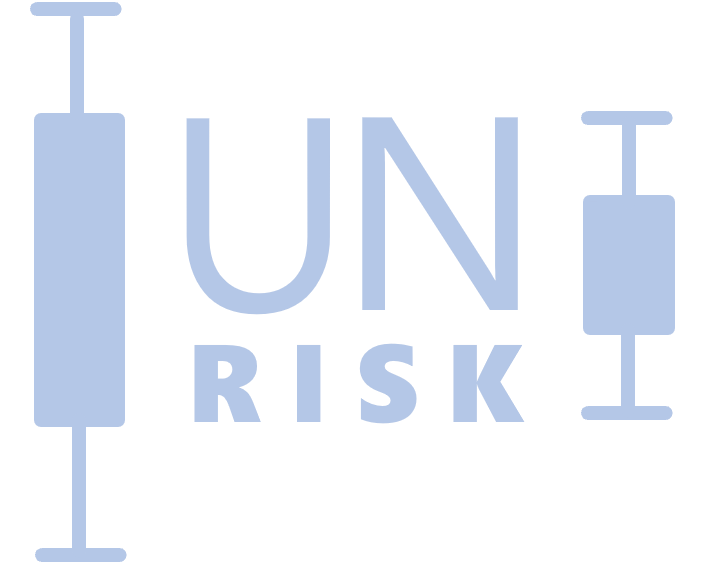Background
Deglaciation is leading to the formation of thousands of glacial lakes, often located in remote and unmonitored environments. Glacial lake outburst floods (GLOFs), extreme flood events caused by the sudden release of water from glacial lakes, can cause extensive damage to infrastructure and disrupt livelihoods. GLOFs can be triggered by landslides and avalanches, which are increasing with climate warming. Additionally, urbanisation and hydropower development in high-mountain catchments are increasing both exposure and vulnerability to flooding. Reducing GLOF risk requires innovative and scalable methodologies. These methods must address process-chain uncertainties in topographically complex high-mountain catchments. Key challenges include understanding how lake environments respond to climate change, developing robust hazard models, and embedding these models within probabilistic frameworks to support decision-making under current and future environmental conditions.
PhD opportunity
This project will quantify the evolution of GLOF risk with climate change to support local and national decision making. Emphasis will be placed on Global South countries in High-Mountain Asia where the socio-economic implications of GLOFs are greatest.
Key challenges include:
(1) Assessing current and future lake instabilities. By integrating optical and radar remote sensing data with ensemble climate projections, the project will identify ground and ice deformation patterns and their responses to rising air temperatures to identify high-risk lakes.
(2) Developing process-chain models incorporating stochastic simulations. GLOF scenarios will underpin a decision-support framework to evaluate how uncertainties in the process chain inputs propagate through to risk assessments.
(3) Improving topographic data quality. The lack of open-access, high-resolution topographic data is a major barrier to flood risk decision making. Remote sensing data, augmented with deep learning approaches such as generative adversarial networks, can capture the complexities of high-mountain topography and land cover and reduce key uncertainties such as flood extent and arrival time.
(4) Designing and testing risk reduction strategies using the knowledge gained in (1–3). These could include structural measures (e.g. gabion walls) and social measures (e.g. land use zoning, risk communication, and early warning) for risk mitigation to support adaptation plans.
The researcher will develop a diverse skill set in GIS, earth observation data, uncertainty analysis, high-mountain fieldwork, hazard modelling, programming, science communication, and data analysis. Collaboration with partners, including the United Nations Development Programme and the Nepal Development Research Institute, will offer valuable engagement opportunities.
Other information
Applicant profile: Applicants with a strong background in geography, geoscience, or natural hazards, and experience in GIS, remote sensing, or computer programming.
- Shugar, D. H. et al. Rapid worldwide growth of glacial lakes since 1990. Nat Clim Change 10, 939–945 (2020).
- Carrivick, J. L. & Tweed, F. S. A global assessment of the societal impacts of glacier outburst floods. Glob Planet Change 144, 1–16 (2016).




